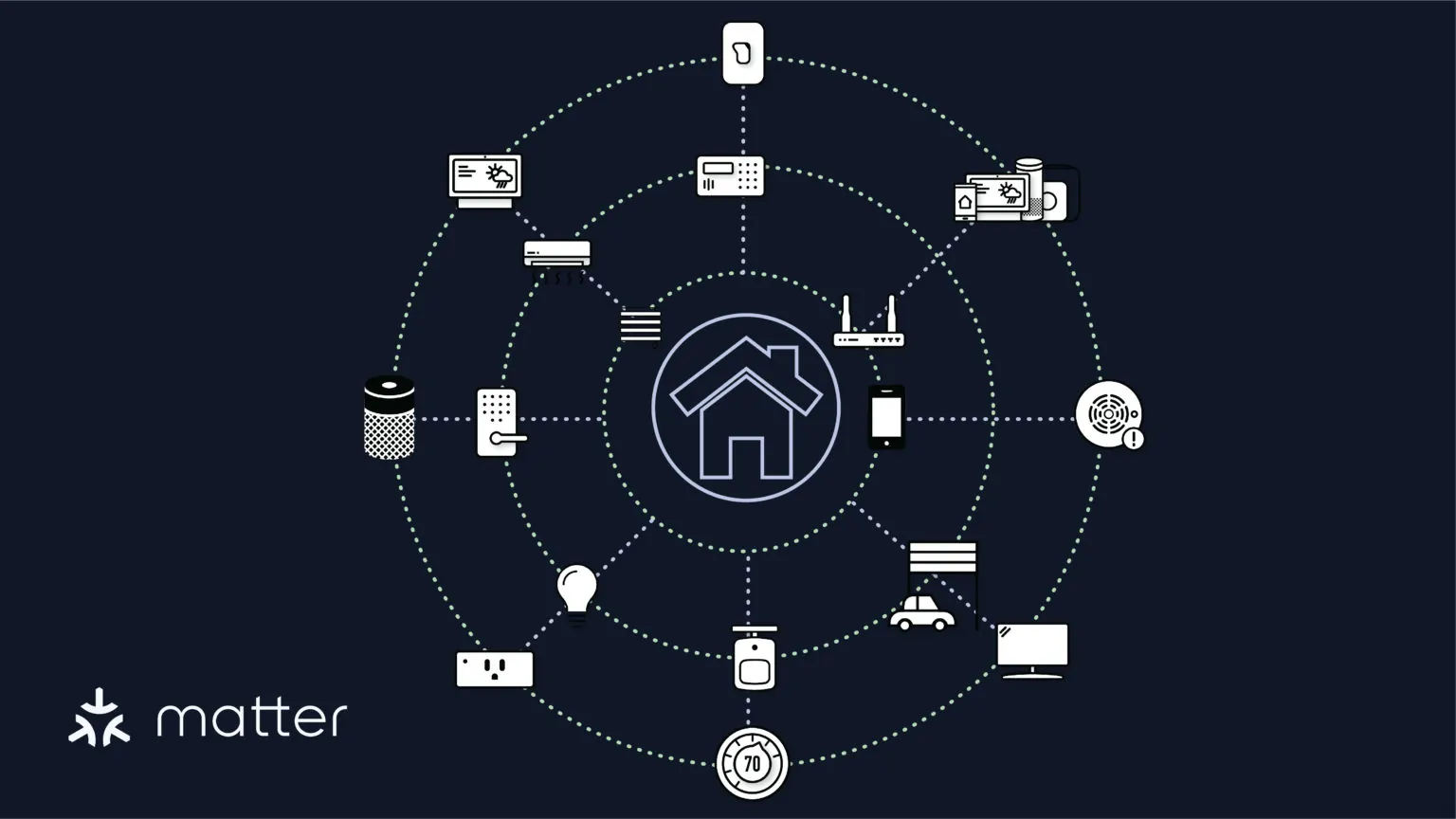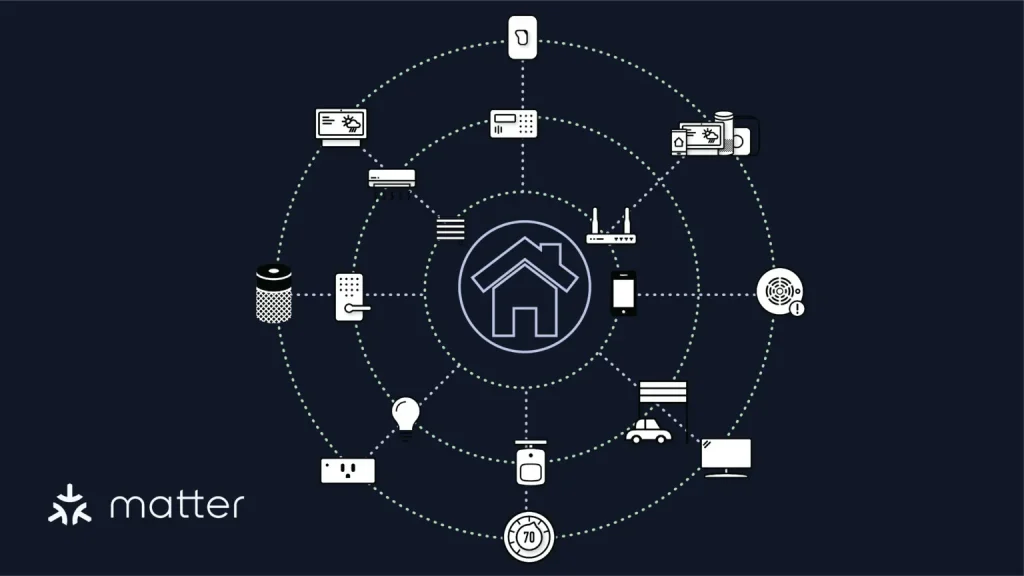
Introduction
In the rapidly evolving world of smart home technology, Matter over Thread (MoT) has been a game-changer. This innovative protocol aims to bring seamless interoperability and enhanced connectivity to smart home devices. But what exactly is Matter over Thread, and how does it differ from other protocols like Zigbee and Z-Wave? Let’s dive in.
What is Matter over Thread?
Matter over Thread is a unified standard developed by the Connectivity Standards Alliance (CSA), which includes tech giants like Amazon, Google, and Apple. Matter aims to create a secure and interoperable ecosystem for smart home devices. At the same time, Thread is the physical protocol that Matter prefers for its low power consumption and mesh networking capabilities.
Key Features of Matter over Thread
Low Power Consumption:
Thread is designed for battery-operated devices, ideal for smart lights, door locks, and IoT devices.
Mesh Networking:
Thread’s mesh network allows devices to communicate with each other, extending the network’s range and reliability.
IPv6 Support:
Unlike Zigbee, which uses 16-bit network addresses, Thread supports IPv6, allowing devices to have direct IP addresses and simplifying internet connectivity.
Self-Healing:
Thread networks can automatically reconfigure to maintain connectivity, even if a device fails.
Multi-Admin Capability:
Matter’s multi-admin feature allows a device to be controlled by multiple Matter-compatible platforms simultaneously, enhancing interoperability.
Benefits of Matter over Thread
Enhanced Interoperability:
Matter over Thread enables devices from different ecosystems (e.g., Amazon Alexa, Google Home, Apple HomeKit) to work seamlessly.
Extended Battery Life:
Thread’s low power consumption ensures that devices have longer battery life, reducing the need for frequent replacements.
Improved Reliability:
Thread’s mesh networking and self-healing capabilities make the network more reliable and resilient.
Simplified Management:
With Matter over Thread, managing smart home devices becomes more straightforward, as they can be controlled across different platforms without additional configuration.
Challenges and Considerations
Initial Setup:
Setting up a Matter over Thread network may require some technical knowledge, especially for users new to smart home technology.
Compatibility:
While Matter aims to be compatible with a wide range of devices, there may still be some compatibility issues with older or non-Matter devices.
Network Stability:
Ensuring optimal network stability may require careful planning and configuration, especially in larger setups with many devices.
Conclusion
Matter over Thread represents a significant step forward in the smart home industry, offering enhanced interoperability, extended battery life, and improved reliability. As more devices and platforms adopt this protocol, we can expect a more seamless and integrated smart home experience. Whether you’re a tech enthusiast or a casual user, Matter over Thread is worth exploring for your smart home needs.

